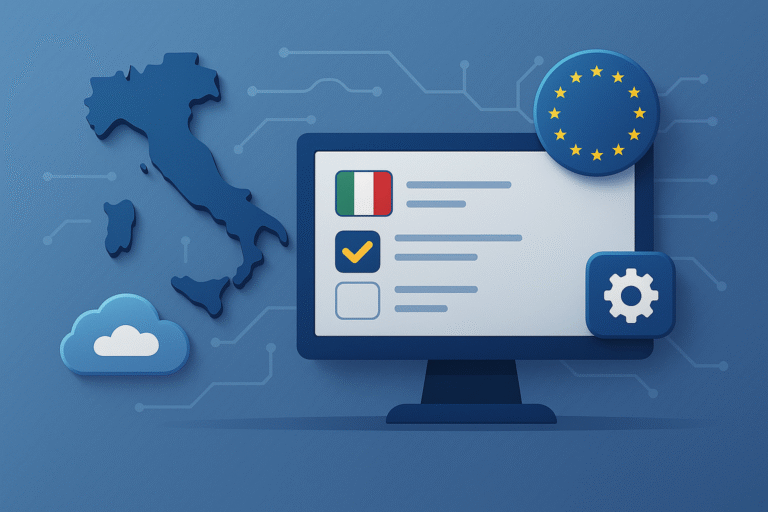
Introduction
Collaborative democracy builds policies through inclusion, transparency, cooperation, and shared responsibility. It extends participatory and deliberative practices with digital tools that make collaboration scalable and traceable.
👉 See also:
Brief History
- 1970s–1980s: rise of participatory and deliberative models alongside representative democracy.
- 1990s: Porto Alegre’s participatory budgeting spreads cooperative practices.
- 2000s: web 2.0 enables platforms to scale engagement.
- Today: open platforms, open data, and audit trails support full-cycle collaboration.
Core Principles
- Inclusion: equitable access and support to bridge the digital divide.
- Transparency: open information, clear rules, traceable decisions.
- Cooperation: co-design and co-production of solutions.
- Shared responsibility: mutual commitments between citizens and institutions.
- Adaptability: iterative improvement and learning by doing.
Data & Effects
- New participants: collaborative processes bring in 20–60% first-timers (OECD). Source: OECD
- Implementation rate: collaborative projects exceed 70% proposal uptake in case reviews (Nesta). Source: Nesta
- Trust uplift: co-design practices are associated with up to +25% higher trust versus non-collaborative consultations (synthesis of local cases reported by OECD and municipal portals).
Collaborative Economy & Democracy
The collaborative economy shares the same DNA—trust, access, sharing. From bike/car sharing to community workspaces, collective choices on mobility and common goods turn into shared services that are more sustainable and inclusive.
👉 Related: Digital democracy and smart cities: international experiences
Practical Examples
- Barcelona – Decidim: open-source platform supporting proposals, debate, and voting; several urban projects delivered. Source: Decidim
- Bologna – Commons Regulation: collaboration pacts between citizens and the city for managing public spaces. Source: City of Bologna
- Taiwan – vTaiwan: blends online deliberation, crowdsourcing, and mediation. Source: vTaiwan
- Helsinki – civic forums: resident participation in neighborhood and service planning (refs: OECD/Nesta and city civic portals).
Technology & Civic Tech
Platforms like Decidim and Concorder enable end-to-end processes: onboarding, information, deliberation, verifiable voting, and public reporting. Digital ID and e-signatures add legal value.
Challenges
- Inclusion: capabilities, access and device support.
- Legitimacy: aligning collaborative outcomes with formal decisions.
- Privacy & security: data minimization, audit trails, GDPR/eIDAS compliance.
👉 See also: AI and public decisions: opportunities and risks
Conclusion
Collaborative democracy strengthens representation with hands-on co-creation. Where outcomes are traceable and implemented, trust rises and policies improve.
Sources
- OECD – Innovative Citizen Participation
- Nesta – Civic Innovation
- Decidim
- vTaiwan
- City of Bologna – Urban Commons


